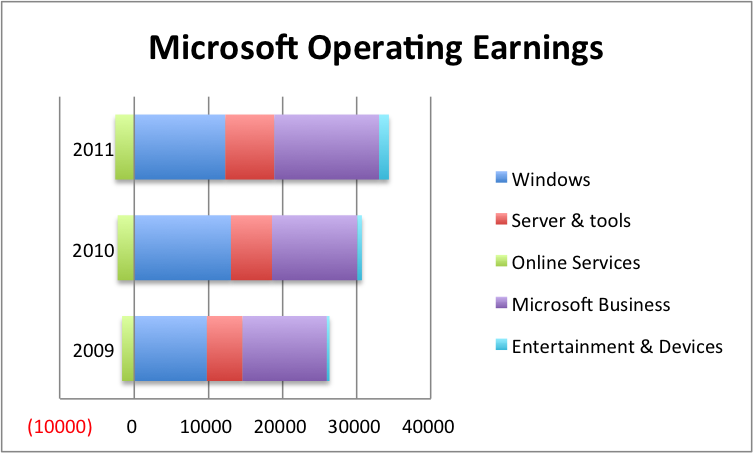 The departure of Windows chief Steven Sinofsky, hard on the heels of the release of Windows 8, came as a shock, but not a surprise. But the important question is less what led to the departure of the talented but abrasive Sinofsky than how Microsoft uses its latest executive shuffle to move forward in a tech world it no longer dominates.
The departure of Windows chief Steven Sinofsky, hard on the heels of the release of Windows 8, came as a shock, but not a surprise. But the important question is less what led to the departure of the talented but abrasive Sinofsky than how Microsoft uses its latest executive shuffle to move forward in a tech world it no longer dominates.
Microsoft is, in many ways, the anti-Apple. Unlike Apple’s tightly centralized, unified structure, Microsoft has long been a collection of fiefdoms. Although promoting Windows was the goal of just about every Microsoft product and effort, operating groups were often silos and turf was fiercely defended. Sinofsky, who had run the Office group, took over Windows after the Vista fiasco and proved his chops with the successful delivery of Windows 7 and Windows 8. (While it is far too early to judge the commercial success of Windows 8, it was an exemplary development process, especially in contrast to the chaos that gave us Vista.) Along the way, Sinofsky built the power of the Windows group by gaining control of mobile device efforts. (Windows Phone operations are part of the Entertainment & Devices group, but have increasingly come under the sway of Windows.)
It’s hard to overestimate Microsoft’s dependence on Windows. The chart shows the company’s operating profits by division:
Windows and Microsoft Business are responsible for nearly all of the company’s profits, and the business division, consisting primarily of Office and Office-related back-end services such as Exchange and SharePoint, is very heavily Windows-dependent. Only the tiny Entertainment & Devices unit (primarily Xbox) and the money-losing Online Services (mostly Bing) and meaningfully independent of the Windows empire.
The problem Microsoft faces today is that it has to move beyond Windows, but its recent instinct seems to have been to extend the franchise. The Surface tablet is an interesting product, considerably more PC like than the iPad and Android tablets. It’s a good match for a space Microsoft is trying to create between traditional PCs and the new tablets, heavily dependent on a keyboard and with an operating system that is a stripped-down version of the full Windows 8 experience and access to Microsoft Office applications–but only at the price of running in traditional desktop mode.
I don’t think Microsoft can afford to leave the more tablet-y market to the competition, because while the Windows and Office lines of business will remain profitable for years to come, they provide very little opportunity for growth. Sinofsky was widely blamed, or credited, with derailing the imaginative Courier tablet that came out Entertainment & Devices group. I don’t know that Courier was the right device for Microsoft to make or even if it was a viable product, but it was very un-Windows-like in a way that probably sealed its fate.
For many years now, Microsoft has been built on the proposition that its products exist to promote the greater glory of Windows. This kind of thinking has been most destructive in the mobile business, where efforts to force a Windows-like user interface onto Windows Mobile devices produced some of the world’s clunkiest smartphones. The unification of the Metro design language, originally developed for Windows Phone 7, across desktops, phones, and tablets is a step in the right direction. But when you scratch the surface on the Windows 8 desktop or go beneath the Surface, you find the same old Windows. And it is increasingly a bad fit for the way people want to use devices today.
Julie Larson-Green and Tami Reller, who are taking over Windows engineering and business operations, respectively, are able executives with solid track records. But they won’t have Sinofsky’s power within the organization. If that means they will be less able to protect the windows-centric thinking that has long been at the heart of Microsoft, it will probably be a good thing for all concerned.

